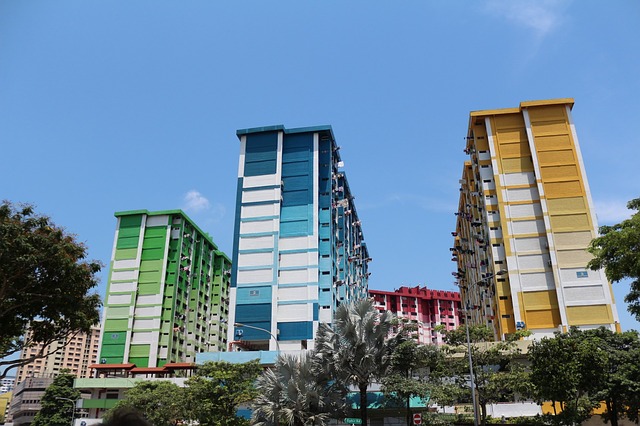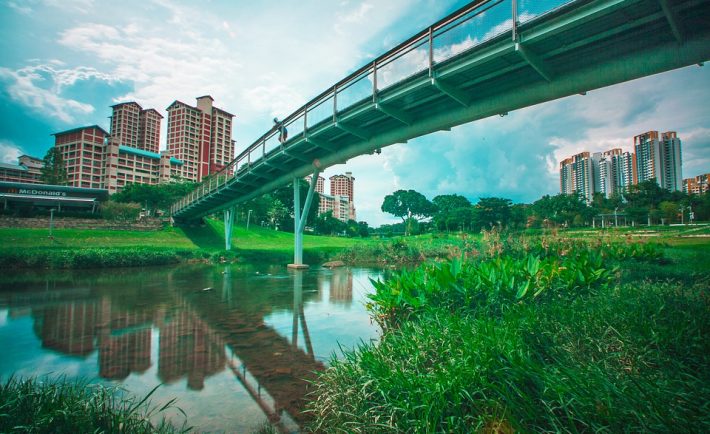Ring in the reality check! Singapore is a country which considers “space” as a luxury. Singaporeans do not usually keep their spare rooms open for annual guests to lounge on. More often than not, they keep these extra rooms for rental. You would be suprised to learn the amount of bedrooms that landlords can squeeze in a seemingly small condominiums.
It goes without saying that it is cheaper to rent out a single room than the entire flat. So, set a minimum bedroom requirement as well as a minimum size requirement before signing a contract. Equip yourself with rental strategies such as this.
UNDERSTAND THE DISTRICTS
What are the Singapore’s districts? Well, watching the Hunger Games series was probably the last time you have heard about a nation’s divisions. Similarly, Singapore’s districts offer distinct living experiences. You cannot get away from these categories as an expat or someone who is looking for a place to live at.
You must study the district codes initially. These codes tell you whether a rental unit is located at the core of the central region (e.g., District 10 including Tanglin Road), within the radius of the central region (e.g., District 2 including Chinatown), or outside of the central region (e.g., District 28 including Yio Chu Kang).
EMBRACE THE OUTSKIRTS
Location is one of the most important factors interplaying with the market’s property prices. Now that you have a grasp of the twenty-eight districts, you can distinguish between the “central region” and the outskirts. Rent is cheaper in areas away from the central region and the MRT (Mass Rapid Transport) stations.
The central region may not necessarily apply to your lifestyle. As Singapore is compact and accessible, odds are, you are about an hour away from the central region with public transportation. For instance, you can easily travel from the Boon Keng “heartlands” to the Orchard “central” through MRT or buses. You can even walk from one town to another (e.g., I once walked from Toa Payoh to Novena for 20 minutes).
Furthermore, the government seeks to make every town self-sustaining. Almost every neighboorhood has its own parks, shopping malls, and eateries. Ask yourself: Is a central location too overrated?
PLAN YOUR ROUTE
One cannot deny that we all have distinct personalities. If you are not a morning person and you find it difficult to allot an hour of leeway every morning for your commute then, opt for another strategy. Maximize your preparation time and lessen your transportation costs by finding an affordable place near your workplace.
As pointed above, location is an essential factor. Do a quick Google search on the possible routes you may take to get to your destination. Choosing the smartest way gets you to work on time. Being punctual is a respectable trait to have as an employee.
The humble country has a network of buses and trains. However, the vehicle interval or arrival time of buses is more unpredictable than the trains. Taking the MRT is generally a better choice.
CONSIDER THE HDB
In the recent years, more and more foreigners have warmed to the Singapore’s public housing or HDB (Housing and Development Board). Before you completely frown upon this idea, here are some of the reasons why this is a viable option:
a. There is a significant difference between private and public rentals. HDB flats with 2 rooms start at S$1,500. While, the same space costs about S$3,000 at private condominiums.
b. HDBs are usually walking distance from town facilities and public buses.
c. Food is insanely cheaper than the ones available at the condominiums as hawker centres are typically at the ground floor of the building.

Image Credits: pixabay.com
If you are planning to stay in Singapore for a long period of time, staying at an HDB flat will allow you to absorb the local culture better.

